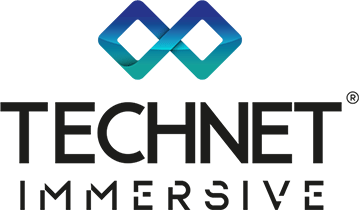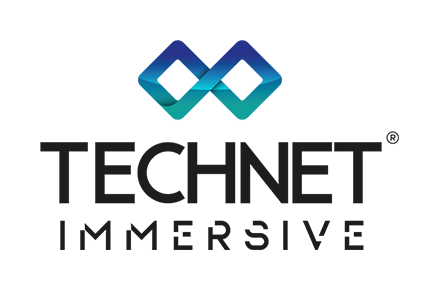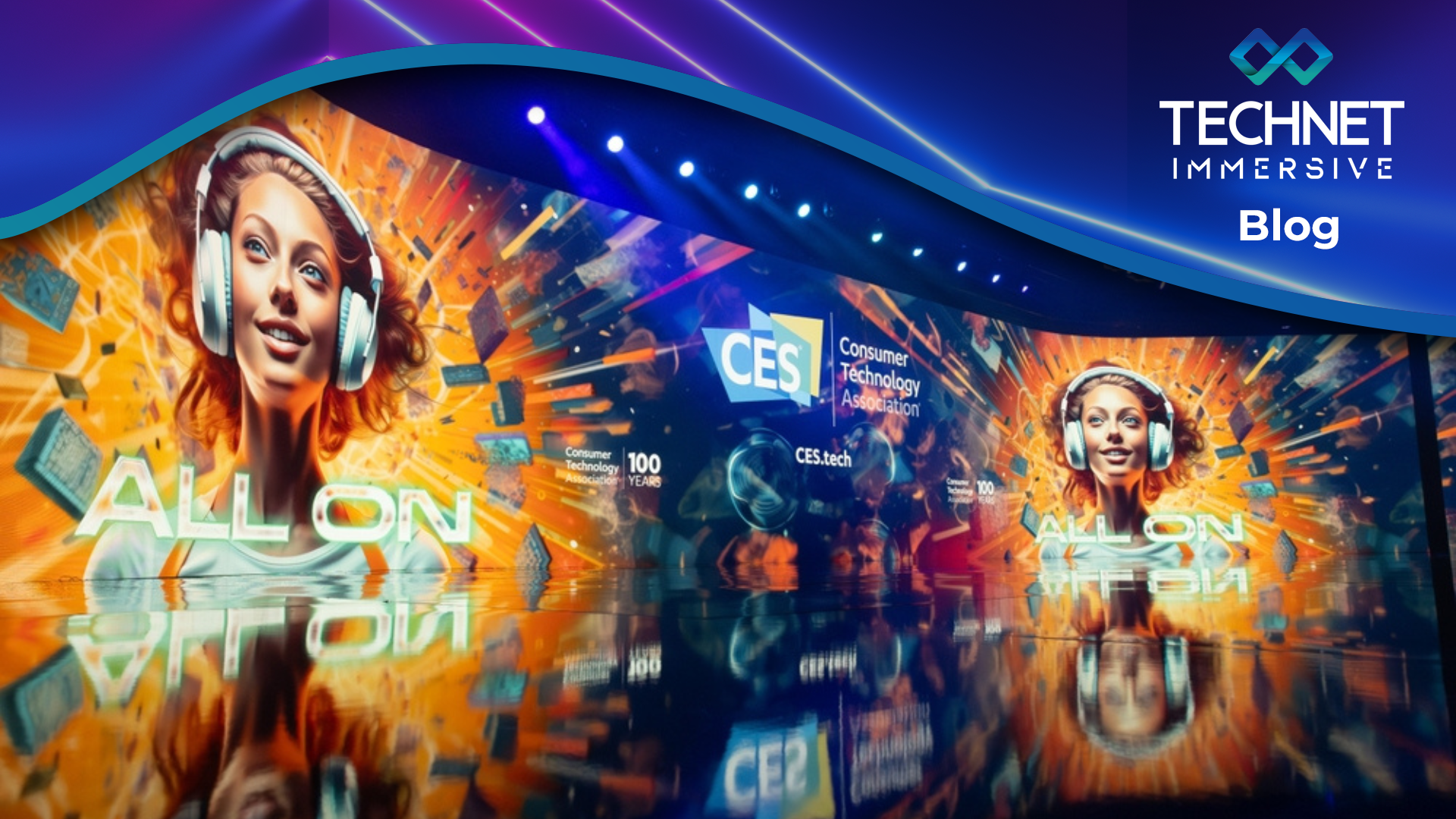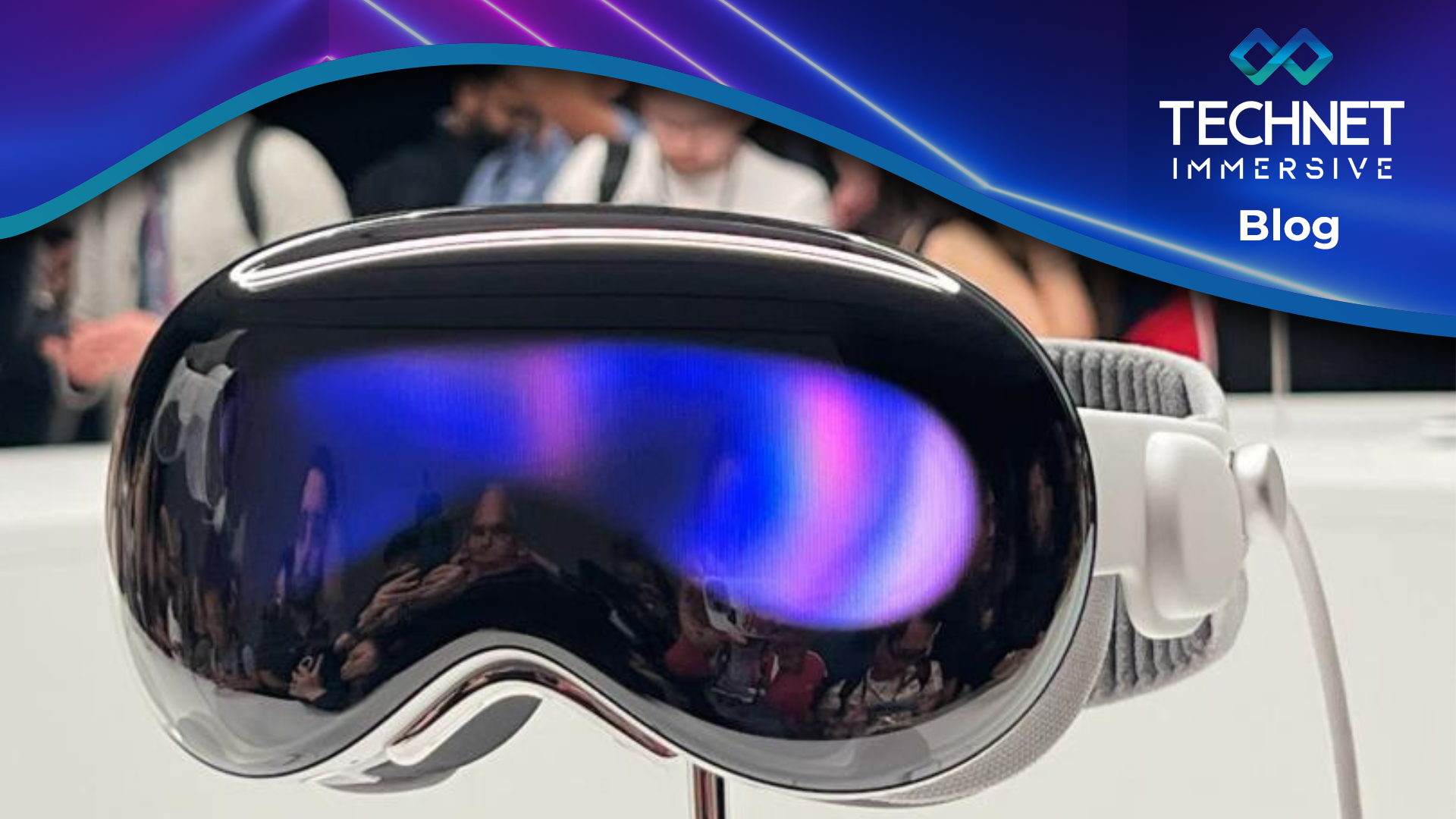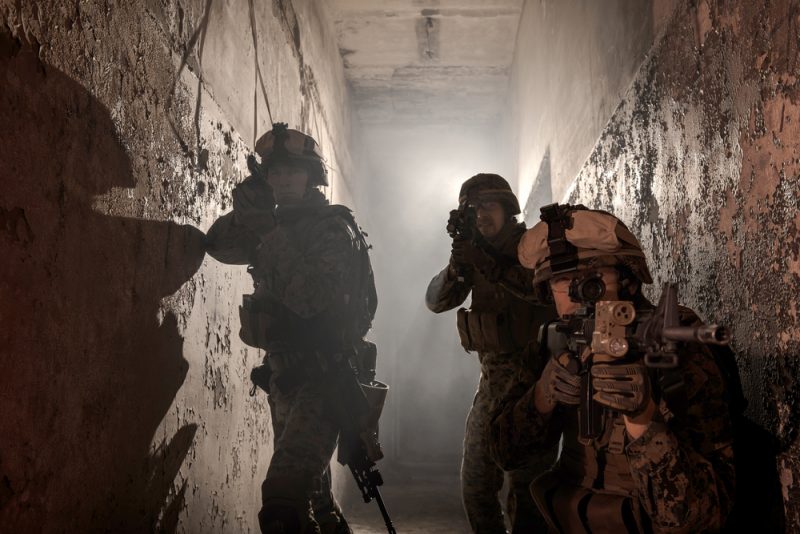
What is Ray Tracing?
Nvidia announced at Gamescon (in Cologne, Germany) nine gaming titles and three new titles using ray tracing technology. Ray tracing is a term that we will be hearing more and more often as future titles are released with next-gen consoles and graphics card such as GTX.
So, what is ray tracing and how will it change gaming? In summary, ray tracing is a rendering technique that aims to emulate the way light works in the real world, tracing the path of a ray (a beam of light) within a 3D world.
The technique is capable of producing very high degree of visual realism when it encounters with virtual objects, producing real time authentic reflections and shadow effects. This then in turn gives an extra layer of realism to gaming. An example of this will be the way the shadows of trees interacts with sun light, giving the shadows a more dynamic and realistic feel, or producing reflections off of puddles and ice.
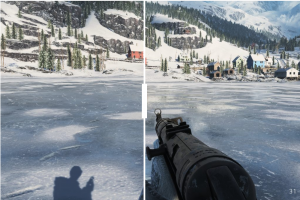
Recreating the way light actually works in the gaming world is very complicated and resource intensive, requiring masses of computing power. However, this can be achieved by using a number of smart approximations, such as rasterisation.
Rasterisation of certain portion of the display each polygon covers means that up close, a single triangle might cover the entire screen, while if it’s further away and viewed at an angle it might only cover a few pixels – turning the data into 2D frames on our displays.
Once the pixels are determined, lighting and textures are then applied. The more rays per pixel, the better the results.
